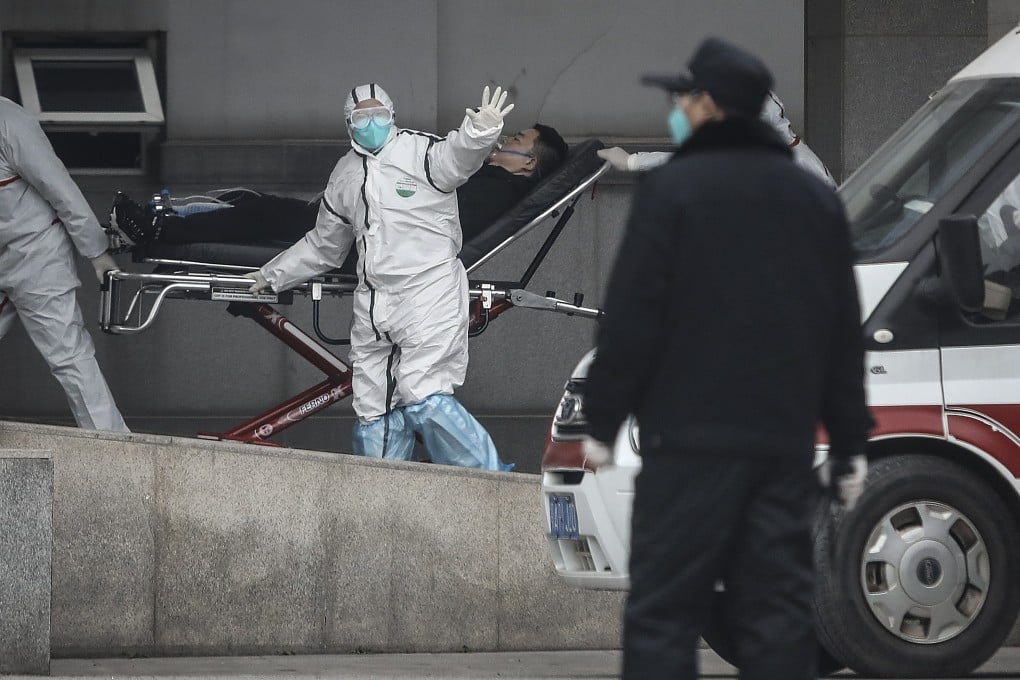China’s post-Sars reporting system may explain long delays in announcing new cases of Wuhan virus
- The spike in the number of confirmed cases has prompted questions about the process, but medical specialists say the admin involved may be why it takes so long
- One health official in Guangdong said confirmation from the Chinese Centre for Disease Control and Prevention in Beijing is needed before they can be announced

A rigorous testing and reporting system that China established following the Sars outbreak more than a decade ago is the most probable explanation for the long delays in confirming new cases of the virus that originated in Wuhan, according to medical specialists.
The sudden surge in confirmed cases over the past few days – including more than 130 in Wuhan along with the first instances in Beijing and Guangdong province – have raised questions about the robustness of China’s reporting system for communicable diseases and whether mainland officials are willing to share information about the strain of pneumonia.
Professor David Hui Shu-cheong, an infectious diseases specialist at the Chinese University of Hong Kong, said confirmation for suspected cases of the novel coronavirus was often delayed because it required tests in a separate laboratory to avoid errors.
“I am not familiar with mainland’s reporting mechanism. But I understand that the genomics sequence was not submitted to the World Health Organisation until the 12th [of January] and it takes two days for reagents to be generated for the diagnostic test kits before they can be distributed to local public health institutions,” Hui said.
“That’s why we saw a sudden surge of diagnosed cases over the weekend as local health institutions also received the diagnostic kits in batches.